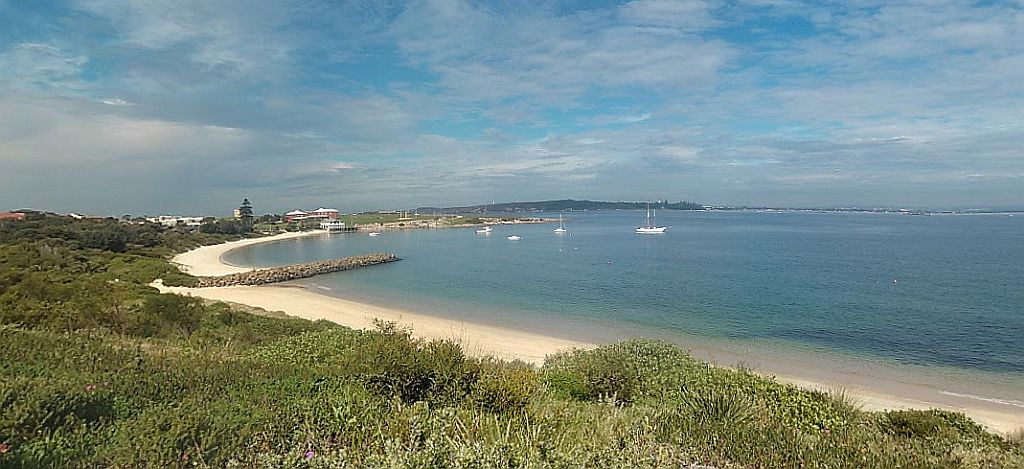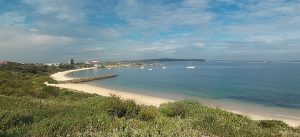
Neuroimaging to examine high rates of dementia in older Aboriginal Australians
A study at NeuRA Imaging is engaging the Australian Aboriginal community to investigate structural and pathological brain changes that underlie high rates of dementia and cognitive decline in older Aboriginal Australians.

La Perouse in Sydney, NSW
Dementia rates in Aboriginal Australians are 3-5 times higher than in the broader Australian population and are among the highest rates reported globally. Existing evidence suggests that dementia types are similar to those found in non-Indigenous Australian populations, however, neuroimaging has not been previously available in any study of dementia in this population to support or inform clinical diagnoses.
After extensive community engagement with partnering Aboriginal communities including one at nearby La Perouse, the initial consultation stage of the Koori Growing Old Well Study indicated that neuroimaging should be included in future dementia studies (Lavrencic et al., 2020, Int Psychogeriatr).
Led by NeuRA researchers including Kylie Radford, Tony Broe and Louise Lavrencic, the Koori Growing Old Well Study included a community planning survey, pilot MRI study, and guidance from an Aboriginal and Torres Strait Islander Steering Committee.
The neuroimaging sub-study is a prospective, cross-sectional non-interventional study where participants will first complete a comprehensive interview and diagnostic assessment as part of the Koori Growing Old Well study. Consenting participants (200) aged 55+ will undergo MR scans with an expected study completion by 2023.
Outcome analyses will include associations between cognitive impairment and hippocampal atrophy/volume and vascular indices on MR. Vascular pathology will be examined for cases of possible/probable Alzheimer’s disease compared to a cognitively intact control group. Correlations between MR measures and early life stress, adult risk and protective factors, cognitive function, and clinically diagnosed cognitive impairment will be investigated.
This study will, for the first time, investigate neuroimaging in the context of cognitive impairment in older Aboriginal Australians and inform dementia prevention, diagnosis and policy for Aboriginal Australians. It will also contribute to the wider literature on vascular risk in the pathogenesis of AD, with associated biomedical and social risk factors across the lifespan of Aboriginal Australians.
Recent Comments